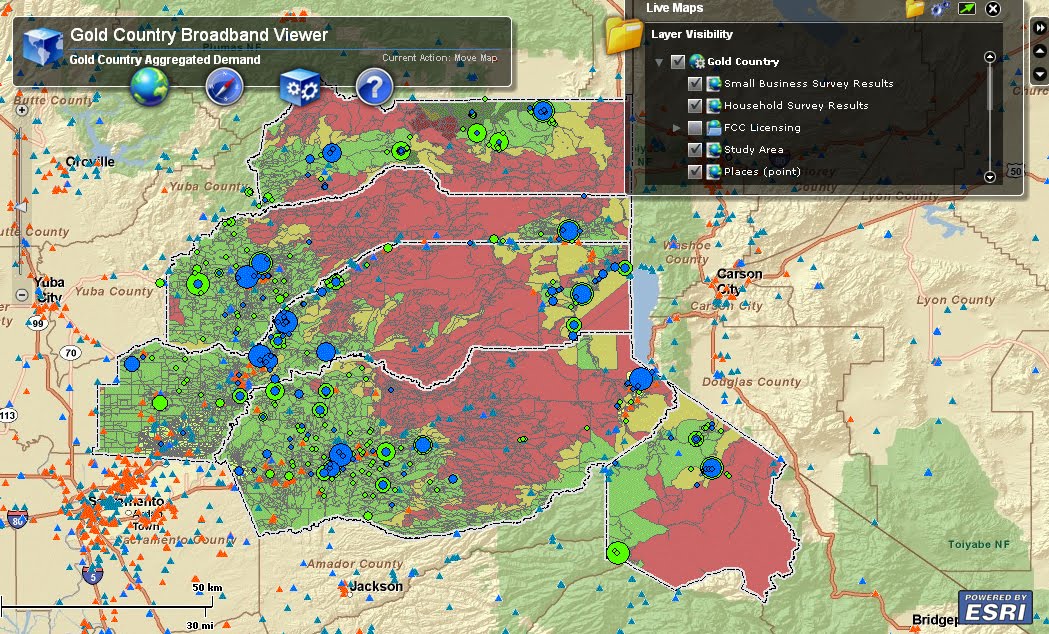Public perception of broadband rights and dangers challenges regulators, industry
att, broadband, fcc, mobile, mobile broadband, rural broadband, sprint
“Broadband has become to the 21st Century what electricity was the to last century,” said Amy Levine, a special counsel at the FCC and the legal advisor to the chairman, Jules Genachowski. That expectation of universal access was one of the major telecommunications policy drivers identified at the CTIA Enterprise & Applications show today in San Diego.
Levine joined with other regulators and industry representatives for a wide ranging discussion of what each expects from the other.… More



